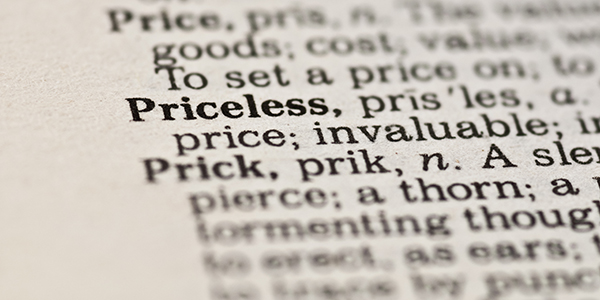
How To Make Your Photographs Priceless
Is there a magical formula for taking breathtaking photos? Truly priceless photos tell a story all on their own upon an initial glimpse. They provoke an emotion from the viewer, demanding a second look as well as a deeper after-thought. I think I have read countless articles on how to take amazing photos and while there are sure-fire techniques to help anyone take interesting photos, the reality is that there is no one single secret that will guarantee outstanding results in each and every one of your photos.
The secret is that there is no secret! It takes calculated practice, and sometimes a bit of old fashion luck to capture a priceless photo. And every situation calls for a different practice for optimal results. Of course the more practice you have, the less luck you will need… 😉
Regardless of what type of photography you are attempting, there are some basic fundamental considerations and tips that should always be practiced. If you continue to successfully tackle the following 3 basic criterion in your attempts, you will undoubtedly increase your chances of taking that elusive breathtaking and truly priceless photo.
1. Composition
Composition is how you frame your photograph. Basically, it is everything that you consciously (and unconsciously) decide will appear in your photograph – the good and the bad. Things to consider when determining good composition:
- Seek a more interesting Perspective. Nothing more boring than the plain leveled dead center subject photograph that everyone else initially instinctively shoots. Try shooting at different angles, tilting the camera from its regular horizontal plane, straight upwards/downwards or low to the ground.

- Remember the Rule of Thirds. This is a well known psychological phenomena that triggers a sense of meaningful balance and intrigue, thus making images more pleasing. Imagine the lines of a tick-tack-toe game board overlaying your photo. When your subject is in focus near where any of the lines intersect, the Rule of Thirds is in effect.
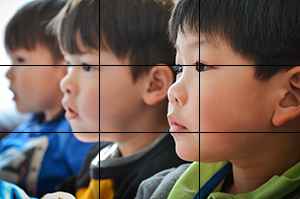
- Seek Symmetries. This is another psychological stimulus that is generally well received subconsciously by viewers. The photo above also illustrates natural symmetries if you have not already noticed subconsciously.
- Reduce distractions in the foreground and background. This will help keep your audiences focus captivated on your intended subject area.
- Fill the frame with your subject(s). This will automatically reduce surrounding distractions and provide more vivid details of your subject(s).
2. Lighting (or lack there of)
I cannot stress how important having the “right” lighting is for any photograph. After all, your camera is merely a piece of equipment that essentially captures different shades and colors of light. Light to a photographer is like paint to a painter – without it, neither can create their masterpieces. Consider the following lighting tips and techniques and how it affects your photographs:
- Silhouettes. Sometimes less is more and in this particular lighting technique less light brings out more character in the image. This is achieved by ensuring the subject is in front of the source of light, enabling you to capture the shadows being casted.
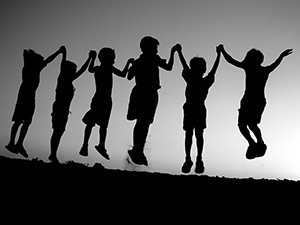
- Natural light (ie. from a window on a bright day) makes for simple soft, warm and pleasing images. Portrait photographers can not get enough of this type of lighting.

- Studio lighting (ie. high powered lighting) can be a bit more harsh, but also produces very sharp and impactful results.

- HDR (High Dynamic Range) is the result of blending multiple shots of the same scene but with different levels of exposure and merging the best out of each exposure layer in order to bring out the most details within an image (details are retained in (retained in the low, medium and high tones).
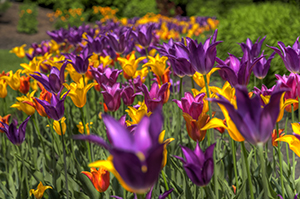
- Flashguns and Off Camera Flashes. When natural light is not available, and often that is the case as soon as you step inside any enclosure, then these are great alternatives to illuminate the scene. Flashes are great because they are small enough to carry around easily and very versatile. Caution: pointing a flash directly at your subject will cause dark shadows which may end up be distracting so bouncing the flash off the ceiling or wall will diffuse the light appropriately. There are also flash diffusers designed specifically to mitigate this hard shadowing effect.
- High Key & Low Key Lighting utilizes excessive brightness and darkness respectively to provide dramatic effects in your photograph.
- Black & White photography has a psychological tendency to portray a better sense of emotions than color photos.
3. Focus
Correct focus is a bit self-explanatory but it is so crucial that you cannot underestimate its importance in photography. And to be fair, focus does not just mean in-focus, out-of-focus is also desirable in some situations. Some considerations for focus in your photographs:
- Pin Point Focus. This is the most common and widely sought after achievement in photography. Being able to capture the perfect focus point on your subject is rarely just a point and shoot task. Generally, it requires a level of meticulous setup and forethought to accomplish.
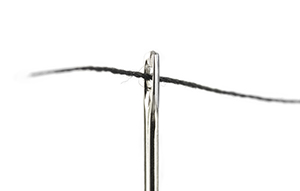
- Depth of Field is how much you want to get in focus. Sometimes you want to single out a particular portion of a subject and have everything else around that subject fade in comparison to really bring the attention towards your intended focus (ie. the thread through a needle hoop photo above). Conversely, sometimes you want everything in focus like when you are shooting a beautiful landscape and you want the viewer to be engrossed by everything within the scene.
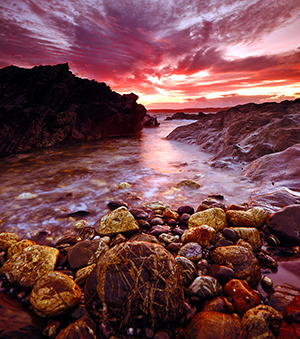
- Abstraction & Blurring are powerful techniques that can engage and tease the audiences brain in to imagining what the in-focus scene would look like, hence developing vested interest in your photo.
Other General Tips:
- Low ISO settings will capture more pixel details in your photos.
- Consider posing subject(s) to attain maximum control in your image impact, but be weary of over-doing it and forcing the scene to look too artificial.
- Fast glass (lenses with large maximum apertures of f/1.2 – f/2.8) generally deliver better pixel quality output. Also, because of the higher aperture allowing more light in to your capture, you also benefit by being able to freeze action with a faster shutter speeds (ie. sports photography) and are able to shoot in darker environments without as much loss of image quality of standard lenses.
- Post Processing can do wonders for almost any photograph, but taking a few extra seconds to set up for a better shot can save you hours of post processing to remedy a poorly set up shot.
Again, I can’t guarantee you will be taking award winning photos just by following a few simple steps, but I am quite certain that your photos will improve if you practice and become consciously adaptive with the basics described above. The points made in the 3 basic categories above are by no means an exhaustive list. Keep practicing, experimenting and enjoying the results… 😉





